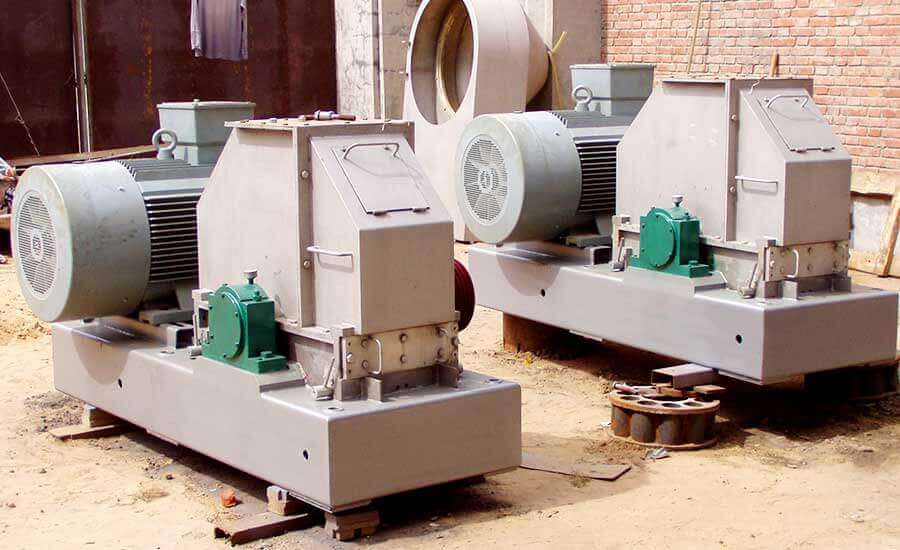
The function of the rasper is to break the material, crush the cassava into pulp, and release the starch granules from the cells with a high starch dissociation rate.
Equipment function: The tubers are large and difficult to damage. The rasp grinder performs secondary filing and crushing, and repeatedly files and grinds the tubers. The tiny starch granules can be smoothly disintegrated and separated, thereby improving the starch extraction rate.
Scope of application: Sweet potato, cassava, potato, and other starch production enterprises.
Potato starch is mainly stored in the fleshy part of the tuber. The raw material particles are relatively large and the internal tissue is not easily destroyed.
Repeated filing can fully destroy the tissue structure of the tuber, so that the tiny starch particles can be smoothly released from the tuber, improving the efficiency of the tuber. Starch extraction rate.
The material enters the filing machine casing through the upper inlet and is crushed by the impact, shearing, and grinding action of the high-speed moving saw blade. A screen is provided at the lower part of the rotor.
The material smaller than the screen hole size among the crushed materials is discharged through the sieve plate, and the material larger than the screen hole is discharged through the sieve plate.
The particles with hole size are blocked on the sieve plate continue to be hit and ground by the saw blade, and finally discharged out of the machine through the sieve plate.
Crushing the peeled cassava (tapioca) roots into the slurry and separating them to remove the coarse cassava residues to obtain uniformly smooth cassava slurry. The crushing drum and all food contact areas should be made from stainless steel.
The common physical operation to separate fine cassava residues from cassava slurry. Oversized particles of cassava residues cannot pass through the lattice structure of the filter, while fluid and small particles of cassava slurry can pass through to become filtrate.